Gyoza and steamed meat buns are popular Chinese dishes with their chewy skin and juicy, succulent meat juices.
Once you get used to making homemade gyoza and steamed meat buns, they are surprisingly easy to make, and many people make them frequently.
When making homemade gyoza or steamed meat buns, lard is added after the dough for the skin has been kneaded to some extent. Alternatively, lard is sometimes used when making the filling.
However, there are some people who run out of lard or do not have lard on hand when they decide to make homemade gyoza or steamed meat buns.
Oh no!!! There’s no lard. What do I do…😥😥😥
In such cases, it would be useful to know what can be substituted for lard.
So, in this issue, we will introduce Substitutes for Lard that can be useful when you are in trouble.
What are the key points for choosing substitutes?
Lard refers to pork fat for cooking, and is generally solid and milky white, about 3 cm in diameter.
The use of lard in cooking greatly increases the umami and richness of food, and adds a savory flavor that makes food taste an order of magnitude better.
Unlike other oils such as salad oil, lard has a savory and juicy richness that makes it an indispensable seasoning for ramen and fried rice as well as for dumplings and steamed buns.
The key to choosing a lard substitute based on these characteristics of lard is that the oil should work to add richness to the dish and have a savory flavor.
7 substitutes for lard
Substitute for lard: Butter
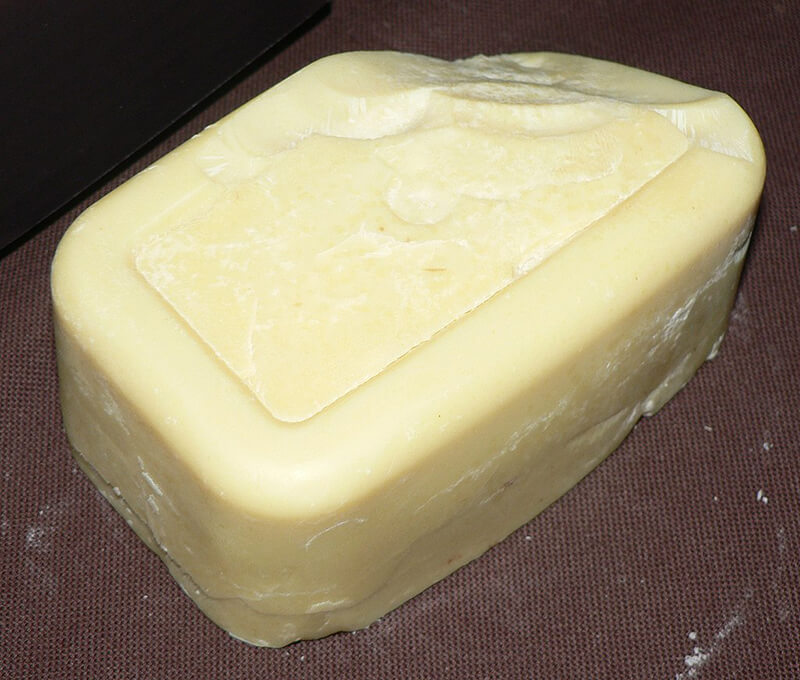
Butter is made from milk, kneaded and hardened from cream separated from milk, and is over 80% milk fat.
Butter’s fat content is the most easily digestible of all edible fats and oils, and can be efficiently converted into energy, making it a safe oil for people with sensitive stomachs.
It is also recommended for use as a substitute for lard, as the unique flavor and richness of butter combines with the delicious taste of the ingredients.
Like lard, it is an animal oil, which gives dumplings and steamed buns a deep, authentic flavor.
Substitute for lard: Sesame oil
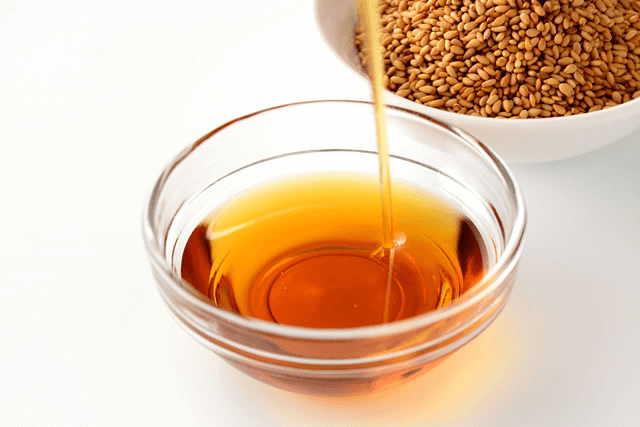
Sesame oil is an edible oil produced by pressing or other processing of sesame seeds.
It is characterized by its resistance to oxidation and is rich in nutrients such as sesamin, sesamolin, and sesaminol, all of which are derived from sesame.
The main components of sesame oil are linoleic acid and oleic acid, essential fatty acids.
The savory aroma of sesame oil adds depth to dishes, making it an essential oil for Chinese cuisine.
Since it is also compatible with meat dishes, it goes perfectly with dumplings and steamed buns.
Sesame oil can be used in place of lard and still be tasty enough.
Substitute for lard: Shortening
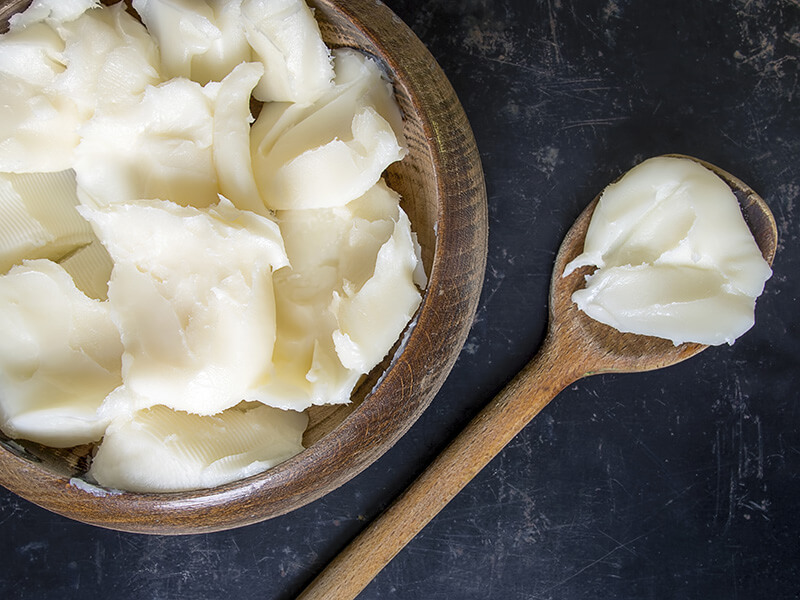
Shortening is a white, creamy edible fat at room temperature made from animal or vegetable oil.
It is used as a substitute for butter and lard in baking bread and baked goods.
Shortening itself is tasteless and odorless, so it enhances the flavor and aroma of ingredients without spoiling them.
It is also easy to mix into dough and handle.
It is recommended as a substitute for oil, so much so that many commercially available dumplings and buns have shortening rather than lard as a part of the dough.
The timing for adding it to the dough making process is the same as for lard.
Substitute for lard: Margarine
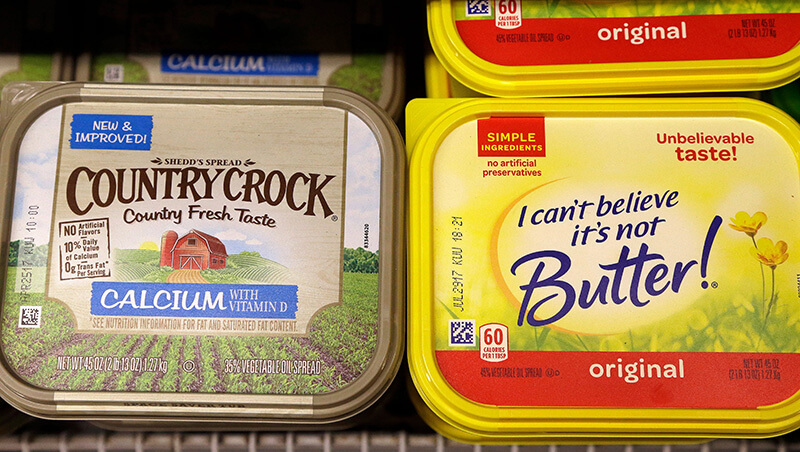
Margarine is a processed oil or fat that resembles butter in aroma and flavor.
Margarine is made by mixing and kneading together ingredients such as corn oil, soybean oil, safflower oil, and other edible oils and fats.
The flavor and ingredients vary depending on the fats used, so there is a wide variety of margarines, including those with reduced calories and those with butter mixed in.
Any margarine can be used as a substitute for lard in cooking.
The fat of margarine moistens the ingredients and the rich, buttery flavor combines with it, so it is recommended to use it in place of lard to make this delicious dish.
Substitute for lard: Olive oil
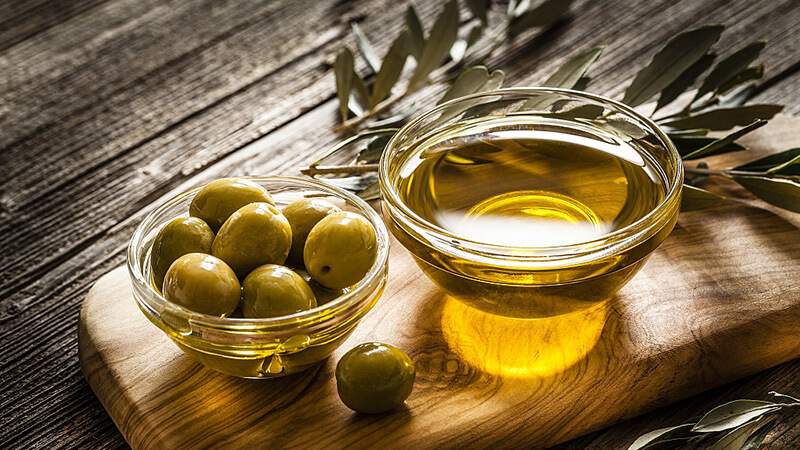
Olive oil is extracted from olive fruits and seeds that have been crushed into a paste and then pressed.
It can be used in place of lard, which not only adds richness and depth of flavor to dishes, but also has beneficial effects on the body.
Olive oil is mainly composed of oleic acid, an essential fatty acid needed by humans, and also contains l linoleic acid and linolenic acid, and is not easily oxidized.
It also contains polyphenols, which are high in antioxidants.
Although the flavor of olive oil is different compared to lard, it can be substituted for making dough for dumplings and buns, and it can be used with meat dishes to make them tasty and healthy.
Lard substitute: Grapeseed oil
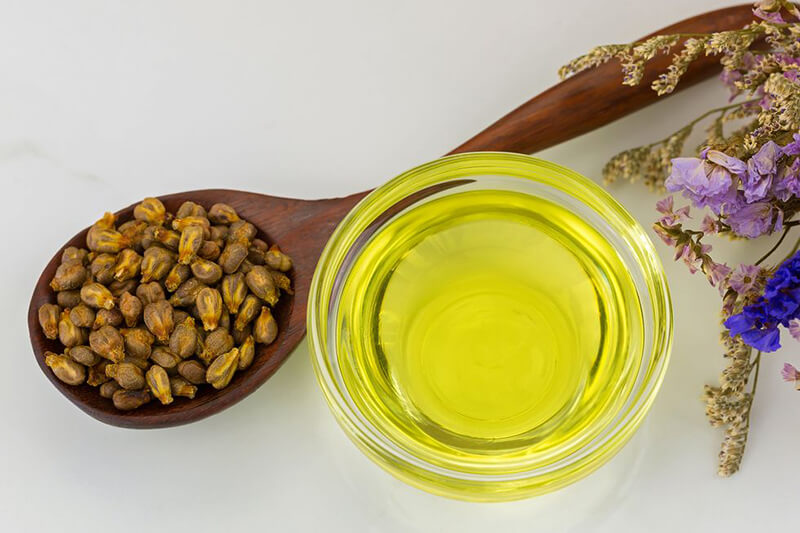
Grapeseed oil is a fat obtained from the seeds of European grapes.
It is a highly nutritious oil with zero cholesterol, easy to digest, and high in linolenic acid and other nutrients.
Its clean, light flavor makes it easy to pair with ingredients without interfering with their aroma or taste.
Compared to lard, the flavor may seem lacking, but in the case of dumplings and buns, the aroma can be enhanced by adding flavorful seasonings such as garlic and ginger to the meat base.
The oil can serve as a substitute for lard, so use it as you imagine it should be used to season and flavor your ingredients!
Substitute for lard: Ghee
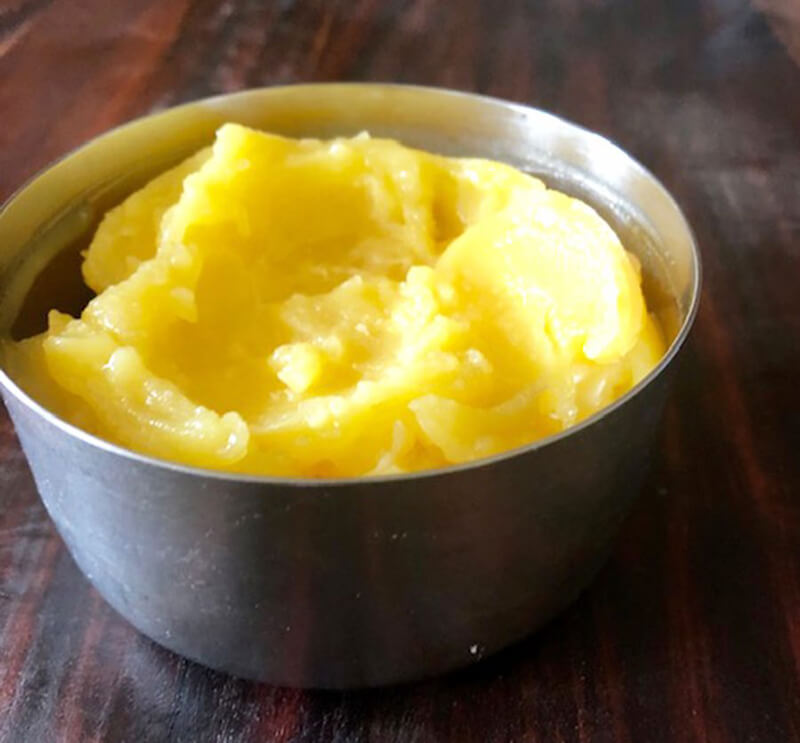
Ghee is not well known in Japan, but it is made by heating and filtering butter made from cow, buffalo, and goat milk, which has long been produced in India and other South Asian countries, to remove protein, water, and impurities.
Characterized by its savory and sweet smell, it is rich in vitamins such as vitamin A and E. It is easily converted into energy, promotes the breakdown and burning of fat, and improves the intestinal environment.
Like lard, it is made from animal ingredients, so its richness and flavor are similar to lard.
Ghee is very compatible with meat dishes because its aroma is more pervasive than that of butter and its savory flavor is more spreadable.
Its melted butter-like texture makes it as easy to use as lard.
Summary
Lard in dumplings and buns has a role that can significantly enhance the richness and flavor.
The key to choosing a substitute is that the oil must also work to moisten the dough, and it is best if the oil itself has a rich flavor. However, even if the oil has little flavor, it can be substituted sufficiently because it can bring out the flavor of other ingredients.
The following seven substitutes for lard used in dumplings and buns are recommended. butter, sesame oil, shortening, margarine, olive oil, grapeseed oil, ghee.
